9 Stellar Examples Of The Unintended Use Of Products
No matter what need or purpose your new product was designed to fill, customers are not always going to use them in the way you imagined. The unintended use of products has been going on as long as new products have been made. From concepts as simple as lighters used as bottle openers to pliers used as hammers, people will often use a device that they have at hand even if it hasn’t been marketed for that specific task.
Let’s look at these 9 examples of the unintended use of products:
-
Text Messages
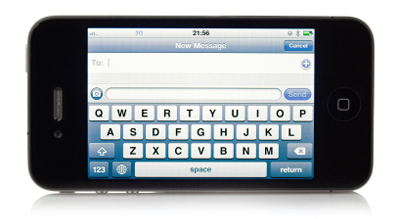 Originally developed by cell phone carriers to let customers know about problems with their networks, no one anticipated people would discover and then use them to send messages to each other. In fact, the unintended use of texting caught on so quickly that most carriers didn’t have systems in place to charge their customers.
Originally developed by cell phone carriers to let customers know about problems with their networks, no one anticipated people would discover and then use them to send messages to each other. In fact, the unintended use of texting caught on so quickly that most carriers didn’t have systems in place to charge their customers. -
The Apple Mac Mini
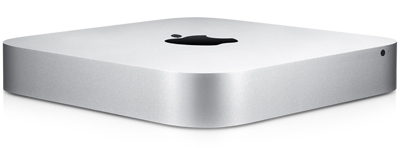 Initially marketed as an affordable way for people to switch to Macs from their desktop PCs, the Mac Mini was ultimately used as a home media center device by many customers. Taking note of this fact, Apple equipped subsequent generations of the product with an HDMI port so that it could connect to HDTVs quicker and easier.
Initially marketed as an affordable way for people to switch to Macs from their desktop PCs, the Mac Mini was ultimately used as a home media center device by many customers. Taking note of this fact, Apple equipped subsequent generations of the product with an HDMI port so that it could connect to HDTVs quicker and easier. -
Kleenex
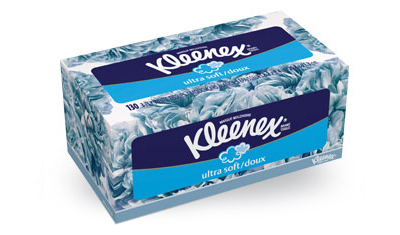 Kleenex started out life in 1924 as a disposable towel used to take off make-up. Its unintended use started in 1926 after the manufacturer received tons of customer feedback indicating that most people were using the product to blow their noses. They starting advertising it as such and doubled their sales.
Kleenex started out life in 1924 as a disposable towel used to take off make-up. Its unintended use started in 1926 after the manufacturer received tons of customer feedback indicating that most people were using the product to blow their noses. They starting advertising it as such and doubled their sales. -
WD-40
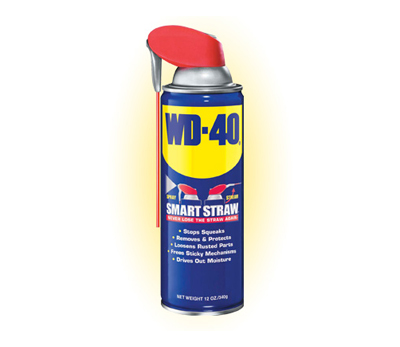 Water Displacement – 40th Attempt (its full name) was designed with the intent of displacing and repealing standing water in order to prevent corrosion in nuclear missiles. Consumers, however, had other uses in mind. Many uses, actually: from lubricating joints and hinges, to removing dirt and loosening stuck screws and bolts.
Water Displacement – 40th Attempt (its full name) was designed with the intent of displacing and repealing standing water in order to prevent corrosion in nuclear missiles. Consumers, however, had other uses in mind. Many uses, actually: from lubricating joints and hinges, to removing dirt and loosening stuck screws and bolts. -
Rogaine
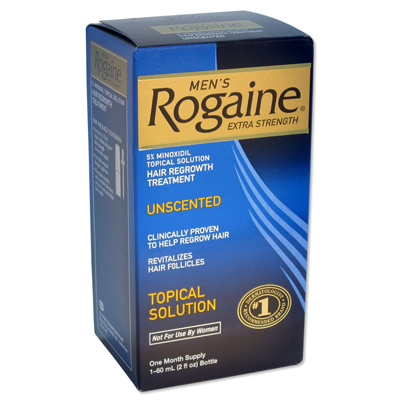 Also known as Minoxidil, Rogain was originally used as a drug to treat high blood pressure. Fortunately (at least for the follically challenged) it had an unintended side effect; hair growth and the ability to reverse baldness.
Also known as Minoxidil, Rogain was originally used as a drug to treat high blood pressure. Fortunately (at least for the follically challenged) it had an unintended side effect; hair growth and the ability to reverse baldness. -
Bag Balm
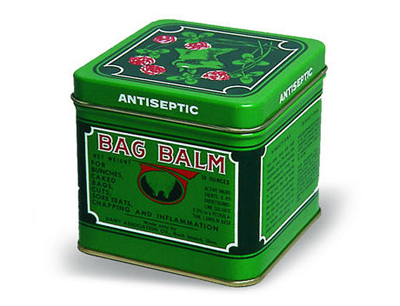 A salve developed in the late 1800s to soothe irritated cows’ udders after milking, Bag Balm was officially only meant for use on animals. It has since been used by humans as a treatment for chapped and irritated skin, cracked fingers, burns, diaper rash, sunburn, bed sores and radiation burns. Its unintended use began when the wives of farmers began to notice the softness of their husbands’ hands and took to using the product themselves.
A salve developed in the late 1800s to soothe irritated cows’ udders after milking, Bag Balm was officially only meant for use on animals. It has since been used by humans as a treatment for chapped and irritated skin, cracked fingers, burns, diaper rash, sunburn, bed sores and radiation burns. Its unintended use began when the wives of farmers began to notice the softness of their husbands’ hands and took to using the product themselves. -
Play-Doh
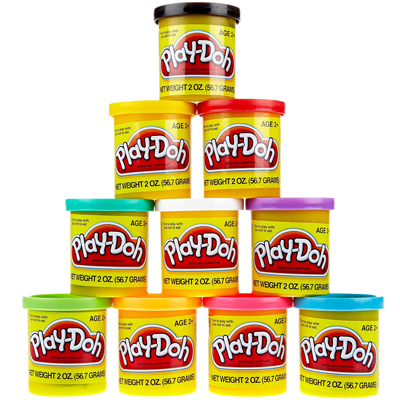
-
Microplane

-
Vibram FiveFingers
 These thin flexible shoes mimic the shape of a human foot, including individual toes. They were conceived of as a way for yacht racers to maintain their footing on the deck of a boat without completely leaving behind the freedom of being barefoot. However, because of its minimal padding, the FiveFingers shoes’ unintended use ultimately came from members of the barefoot running community. It offered them protection against the elements while maintaining the experience.
These thin flexible shoes mimic the shape of a human foot, including individual toes. They were conceived of as a way for yacht racers to maintain their footing on the deck of a boat without completely leaving behind the freedom of being barefoot. However, because of its minimal padding, the FiveFingers shoes’ unintended use ultimately came from members of the barefoot running community. It offered them protection against the elements while maintaining the experience.
Used by children all over the world as a sort of clay-like modeling compound, Play-Doh was first produced as a wallpaper cleaner in the 1930s. The story goes that children in a nursery school in Cincinnati began using the product to make Christmas ornaments. By the 1950s, it had been reworked and remarketed to children in toy stores everywhere.
Originally developed as tools for grating, grinding or sanding wood or metal, Microplanes have since been adapted by chefs for grating food. They can be used on nutmeg or cheese, or as zesters for fruit.
Conclusion
So what’s our lesson in all this? Companies need to pay attention to the fact that unconventional use is a way to get their products to appeal to customers in a whole different way. In all of these examples, customers didn’t really care how the product was supposed to be used. They used them in a way that met their needs and they stuck to it.
So when launching a new product, be flexible. After your product has hit the market, get feedback from your customers and determine exactly how they’re using it. Who knows? Their answers and the unintended use of your product could open up a whole new way to market and sell.
Posted in Marketing, Product Launch Marketing
Don`t neglect your friends, share this right away.


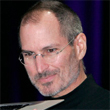
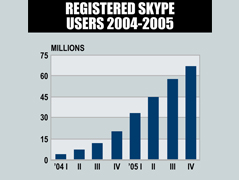
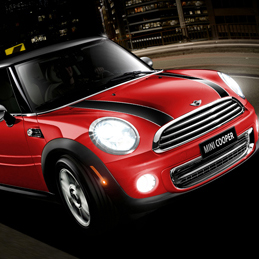
Leave a Reply